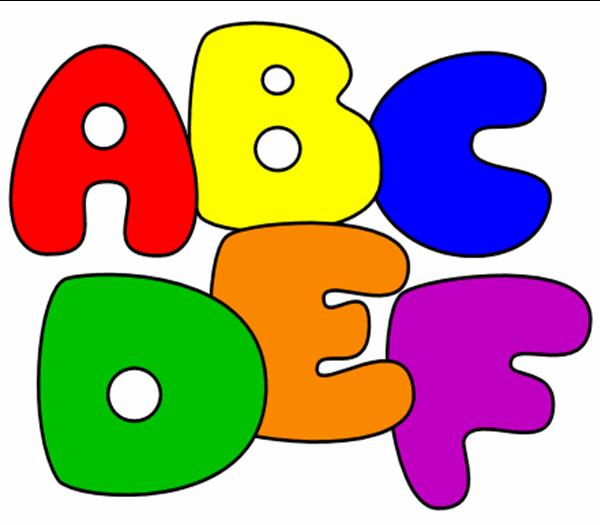When it comes to learning to read the letters of the alphabet, here is a list of games to play that will engage the senses and appeal to many learning styles. To begin, cut out letters of the alphabet out of fine sandpaper. Use different colours for vowels, consonants and digraphs (qu ai ee ie oa ue ar er or ch sh th oy ou oo).
- Let the child feel the letters in the direction you draw them.
- Ask the child to touch “m”, find “o”, move “d”, hold “a”.
- Spread the letters around the room. Ask the child to hop to “m”, run to “d”, tiptoe to “ee”.
- Point to the letter and ask whether the child remembers what it is.
- Let the child cut favourite pictures from a magazine. Sort them according to what letter they start with.
- Take one letter. Cut out everything from a magazine that starts with that letter. Paste it onto a page or put into an envelope.
- Every day, put out a basket of different goodies, each beginning with the same letter.
- Play “I spy”. Say, “I’m looking for something that begins with the sound bbbb."
- Play “I spy” again, but with objects that end in the sound “k”: milk, book.
- Play a rhyming version of “I spy”: “I spy with my little eye something that sounds like book” (hook, nook).


